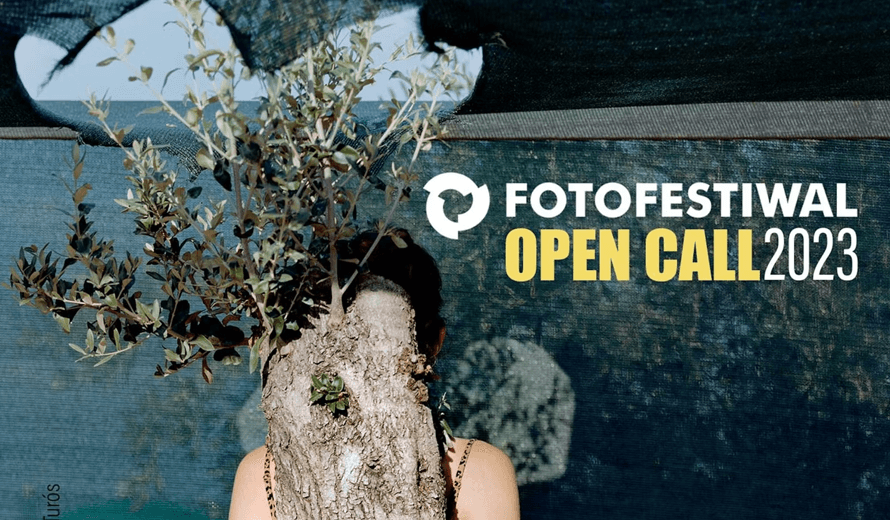Water in Interior Design: 18 Projects that Include Water Fixtures in their Spaces

Architecture has always had a complementary – occasionally codependent – relationship with water. The Roman Domus, the Baths of Diocletian and Caracalla in Rome, and Villa Adriana in Tivoli are some prominent historical examples of how water influenced the design of compositional architecture. In a more modern context, Frank Llyod Wright designed a residential retreat in which water is its protagonist, redefining the relationship between man, architecture, and nature. Nowadays, as architects shifts their focus towards a more contextual, sustainable, and user-oriented practice, the use of water in architecture has become indisputable; cooling interior spaces, providing natural air conditioning when combined with plants, exuding a sense of tranquility, and serving as an organic decorative element.
Much like every natural resource, water is vital for the survival of living things. Throughout history, civilizations all over the world have built their settlements in proximity to rivers, canals, and coasts, and have been relying on them to perform their activities, whether it be agriculture, trade, or nourishment. The closer these civilizations were to water, the more they flourished. Along with its importance as a source of life and prosperity, water was also a prominent decorative element. Residential interiors, palaces, and piazzas were enlivened and connected to the outdoors by integrating streams and fountains in their floor plans and gardens. India for instance, a country in which water was both sacred and a vital decorative element, was one of the countries which created refined water management systems that influenced hydrology for generations to come. Eventually, water became an essential architecture and landscape feature, possessing thermal, economical, decorative, and physical benefits. And with the continuous progression of technology and the scarcity of water in some countries, architects have taken the responsibility of balancing this relationship between people’s consumption and natural resources.

Since centuries ago, countries where thermal comfort is a challenge have used water fixtures as passive cooling systems to regulate the temperature of transitional and interior spaces. Fountains, pools, and streams were installed in central courtyards, as seen in traditional oriental houses, as a means of combating the dry heat. Keeping in mind the evident effects of climate change and rapid urbanization, architects, designers, and engineers have acknowledged today’s water challenges – particularly the urban ones – and began introducing ecologically-responsive systems as part of climate mitigation strategies in both small and large-scale designs.
Related Article
What’s the Water Footprint of Your Architecture Project?
Being in proximity to water, both visually, audibly, and physically, has proven to have positive effects on people’s emotional wellbeing. Having a direct connection to nature has been proven to be therapeutic, lowering stress, anxiety, and heart and breathing rates. On one hand, architects are employing water systems as a solution to critical environmental and emotional challenges, but in parallel, the use of water elements is also considered a place of gathering and community, as well as a playful element. Aesthetically, water’s value lies in its fluidity, transparency and reflexiveness; its ripples animate solid surfaces and fill shadows with light.

While “green living” has been on a rise during the past decade, people this year are predicted to take water conservation to new heights, investing in rainwater harvesting, rain barrels, and drought-tolerant landscaping for natural ways to make their homes more sustainable. In fact, the search for ‘rainwater harvesting architecture’ has increased +155%, ‘drought tolerant landscape design’ has increased +385%, and ‘beautiful rain barrels ideas’ has increased +100%. Today, reducing ecological footprints and complementing the space with a visually-aesthetic interior design are not mutually restrictive. Interior designers are embracing the beauty that natural materials have to offer while making sure their spaces are psychologically, physically, and environmentally safe.
In this interior focus, we are taking a look at how architects used different types of water elements as a central design feature, incorporating them visually and physically within their interior spaces through 15 projects from our database.
Natural and Artificial Pools
Greenery Curtain House / HGAA

Shade House / Ayutt and Associates design

NAM Coffee / G+ Architects
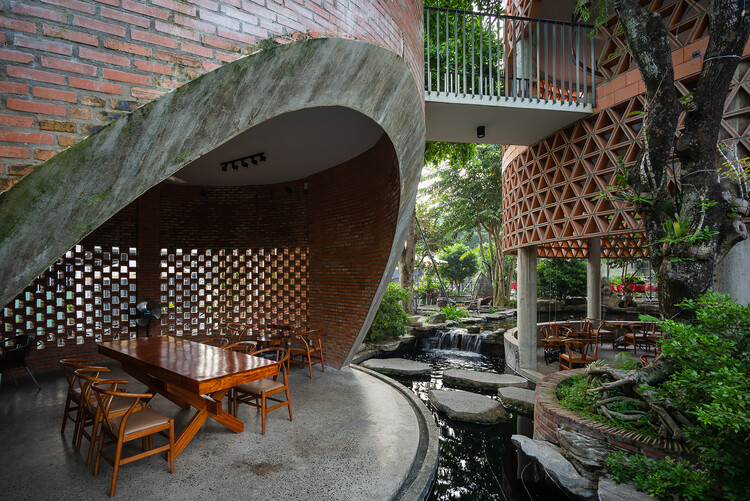
Louvre Abu Dhabi / Atelier Jean Nouvel

Rombo IV / Miguel Angel Aragonés

Wyndham Clubhouse / MIA Design Studio
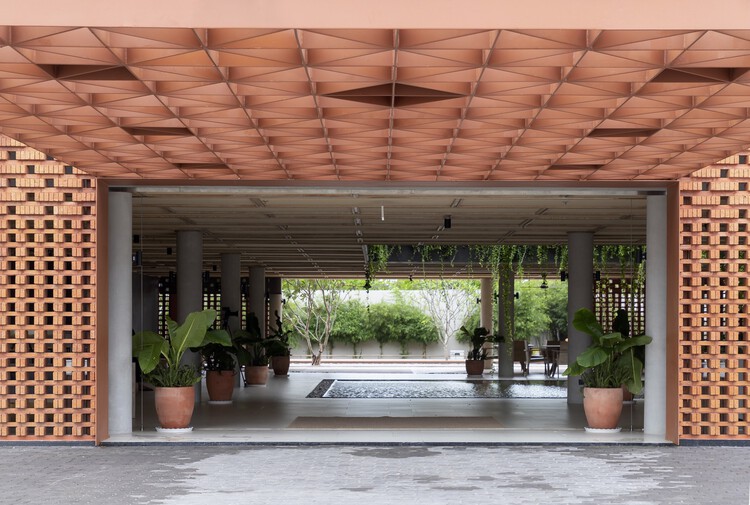
Fountains and Waterfalls
Soul Garden House / Spacefiction Studio
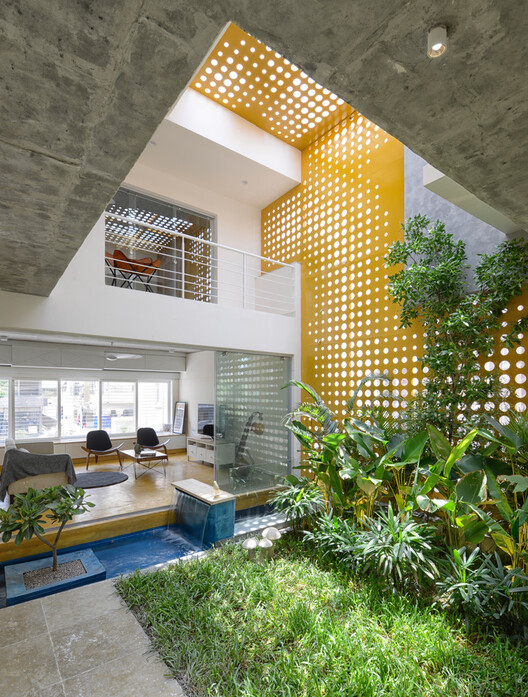
Jewel Changi Airport / Safdie Architects
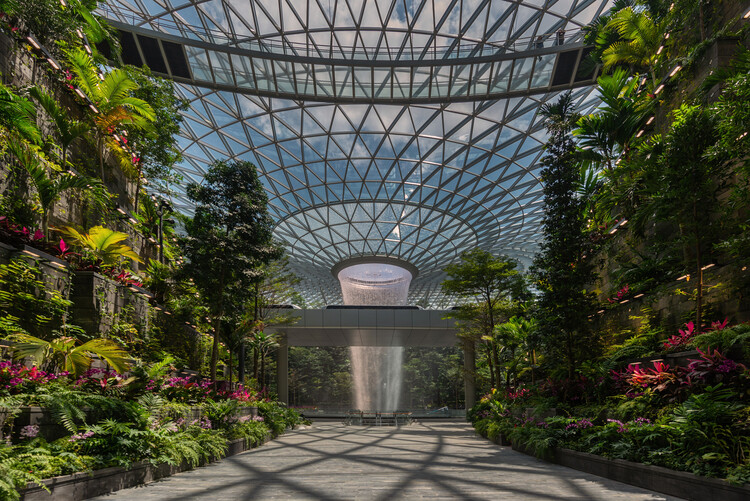
Apple Piazza Liberty / Foster + Partners

Weekend House in Downtown São Paulo / SPBR Arquitetos
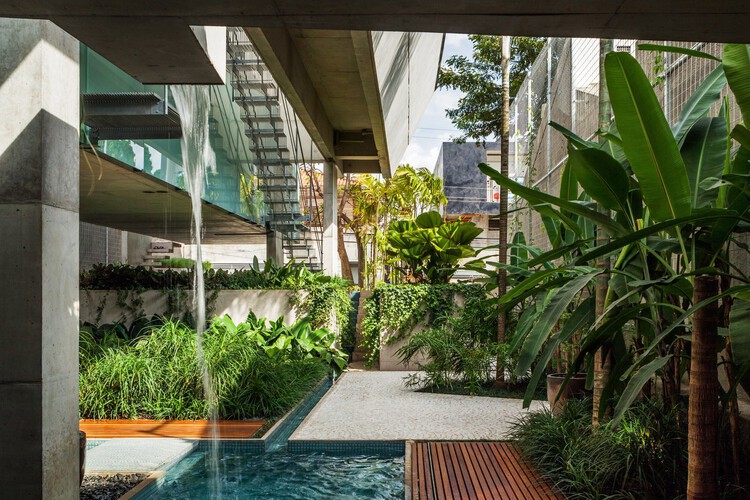
SNOW House / HOUSECONCEPT.VN

Streams and Basins
Karai Farmhouse / RAIN Studio of Design

Wahat al Karama / bureau^proberts + Urban Art Projects
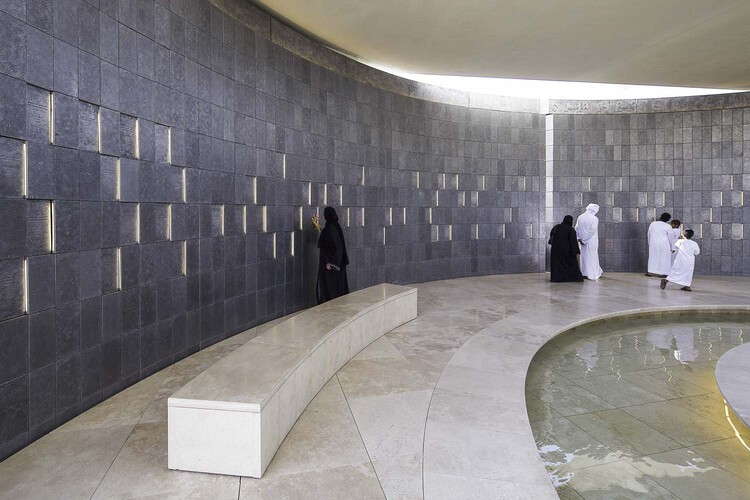
HALAMAN The Courtyard House / ZERO STUDIO
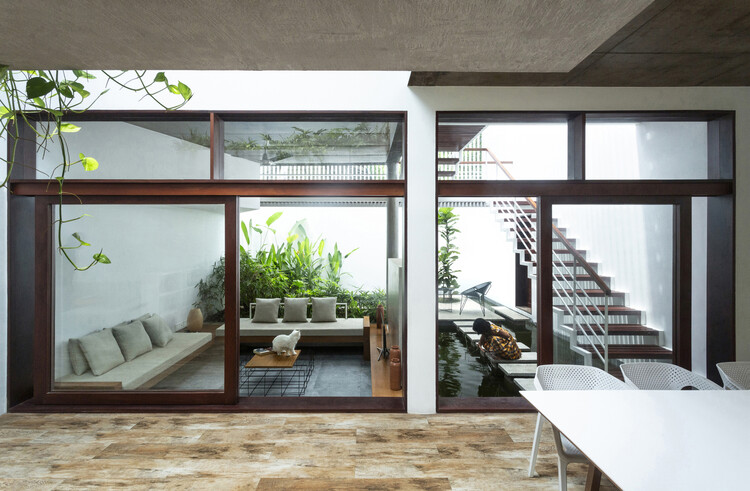
Coco House / Duy Le Architects

SESC Pompéia / Lina Bo Bardi

Tanks / Aquariums
House with Winery / ATX Architekti

Aquarium House / Rubén Muedra Estudio de Arquitectura

Find more interiors with water features in this My ArchDaily folder created by the author.
This article is part of an ArchDaily series that explores features of interior architecture, from our own database of projects. Every month, we will highlight how architects and designers are utilizing new elements, new characteristics and new signatures in interior spaces around the world. As always, at ArchDaily, we highly appreciate the input of our readers. If you think we should mention specific ideas, please submit your suggestions.
This article is part of the ArchDaily Topics: Water in Architecture, proudly presented by Hansgrohe.
“Water is life and our passion. And water conservation is climate protection. We at Hansgrohe are committed to making a difference in how water is considered in Architecture, with products that save water while maintaining the same showering experience.”
Every month we explore a topic in-depth through articles, interviews, news, and architecture projects. We invite you to learn more about our ArchDaily Topics. And, as always, at ArchDaily we welcome the contributions of our readers; if you want to submit an article or project, contact us.







